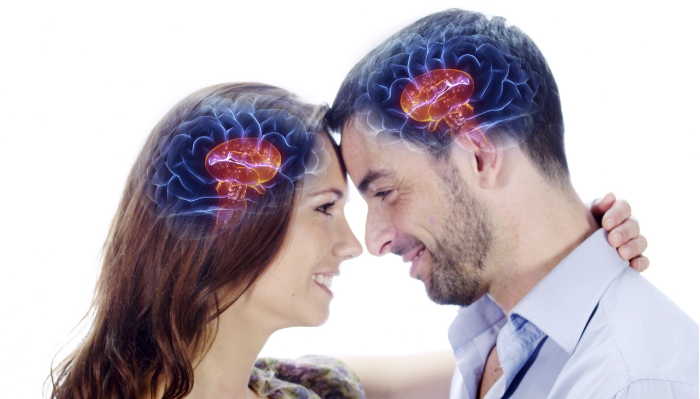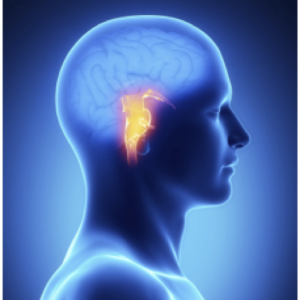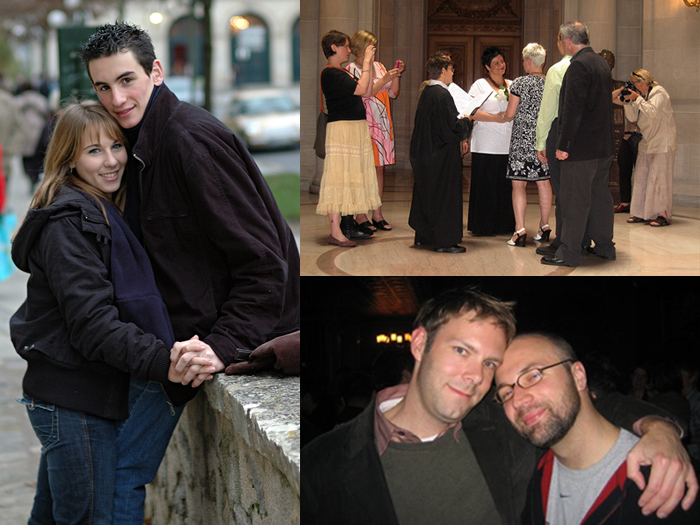
Early-stage romantic love, lasting a few months to a few years, is associated with the reward system. It shares the systems used in the brain for a primitive drive like thirst. This may be the reason it is so hard to control, and so engulfing. It is not our fault if we feel out of control. We were built that way. Romance has an essential purpose; it is part of our heritage from the animal kingdom, and we need it.
The activation of the ventral tegmental area and striatum supported our two primary ideas:
- Intense romantic love is associated with the reward system that runs on dopamine.
- That romantic love is not an emotion or even a series of emotions, though we feel many emotions when in love. Romantic love is a drive, a motivation to win a preferred mating partner.
We need a reward system to survive. We need to know when food and water taste good. We take this for granted. We take standing up against gravity for granted, too. But nature gave us all these systems to survive and flourish. The fact that love’s activation is deep in the brainstem where circuits for other survival reflexes reside makes us think about romance as part of our survival systems.
Interestingly, cocaine addiction also shows activation in the same brain systems associated with romantic love. This begs the question: is love like drug addiction? Maybe it’s the other way around and drug addiction is like love? Evidence suggests that romance is one of the natural addictions, one preserved over millennia by natural selection because couples who protect each other are more likely to survive to have offspring. Drugs of abuse hijack these systems, producing the feelings of pleasure without conferring the benefits.
See the video Why We Love. It’s listed on the right and clickable.
Replication of scientific findings is critical. We have replicated these basic findings in two other published studies, and in a third unpublished study. Other investigators have found the same effects in three published studies. We are very sure of these results: the VTA and caudate (striatum) play a big role in romance.
____________________________________________________________________
Areas of the brain associated with emotions were also affected in this study: the amygdala, the septum, and the insular cortex.
Our participants all showed a deactivation in the amygdala: when lovers looked at their sweetheart neural activity was less here than when they looked at the Neutral face.
The amygdala is strongly associated with feelings of fear and anger. Is this why lovers so often seem fearless regardless of any obstacles they face? Is this what emboldens them to risk the pain of rejection? Perhaps. What about anger? Does reduced anger offer happy lovers a smoother, less judgmental start to a nascent romance? We don’t know. The deactivation was seen in the London study, too, by Bartels and Zeki in 2000. It is probably important.
The septum was one of the very first forebrain areas to be identified with reward—in 1954! It has also been implicated in pair-bonding in prairie voles, and in relief from aversive states. The insular cortex is thought to mediate emotions as we feel them in our bodies, and some people think may be the origin of our feelings. So, it is not just the VTA and caudate. A whole array of brain regions mediate our romantic feelings. Some of these regions may be brought into the picture depending on the length of the relationship, though.
Remember, all these findings apply to early-stage, intense romantic love that lasts from a few months to a few years.
NEXT









Being in love you are fearless, euphoric but what about the other times when your riding the trough of the romantic love wave where longing and fear of rejection take a firm grasp. Is the advice of how to deal with rejection the same while riding the low of romantic love?